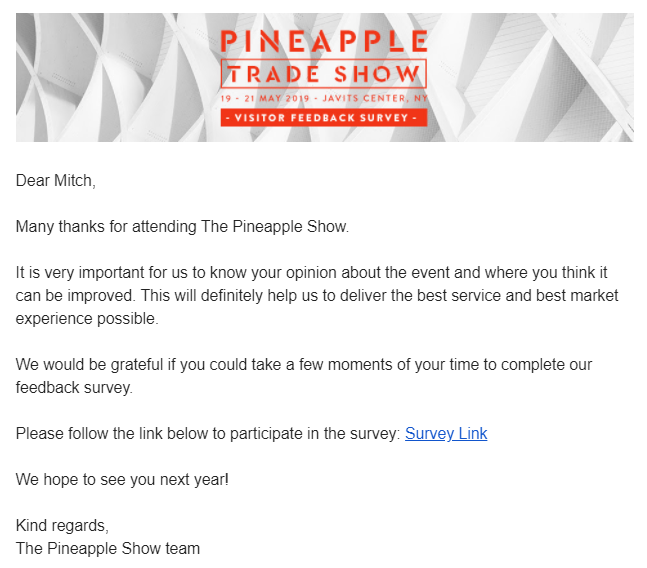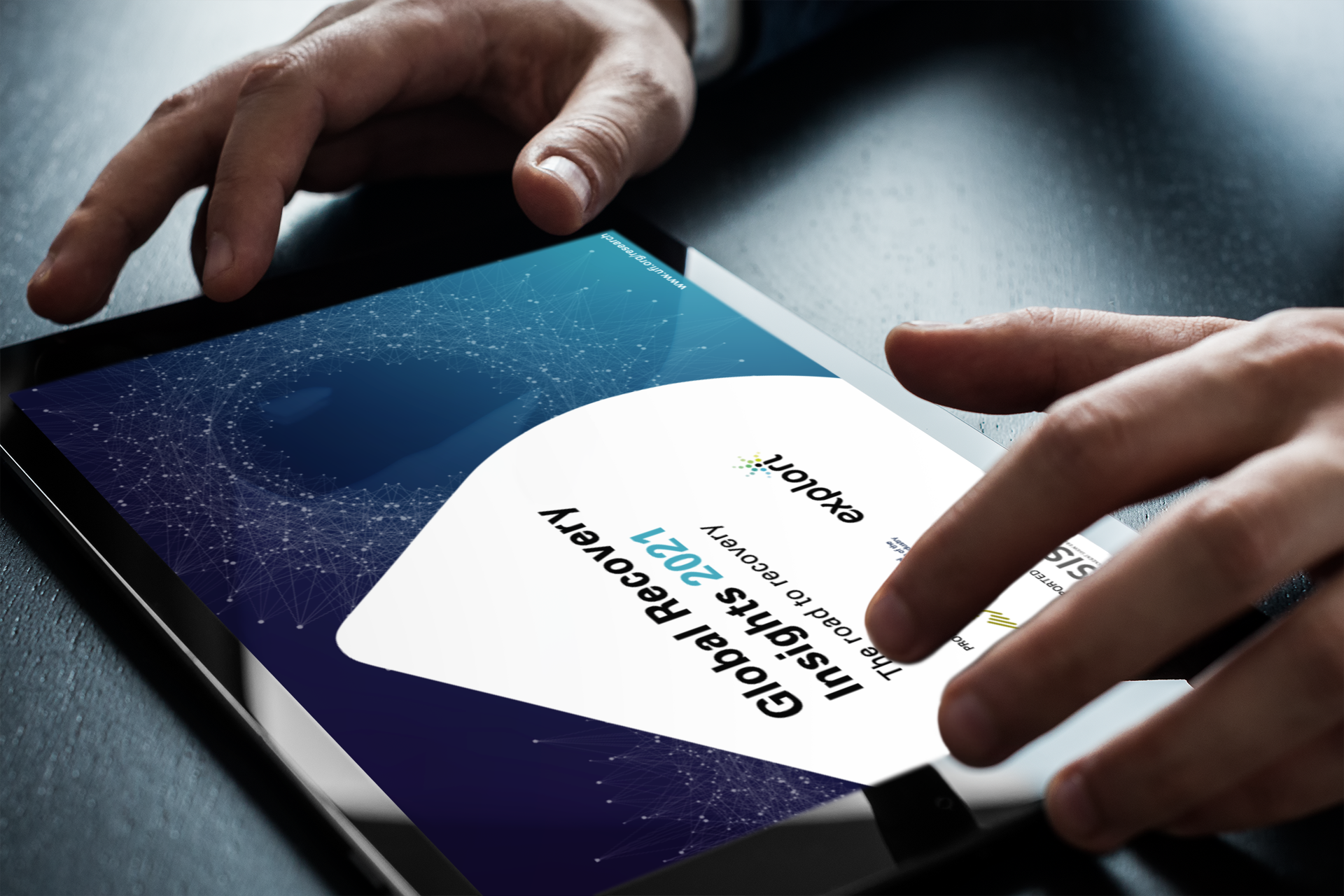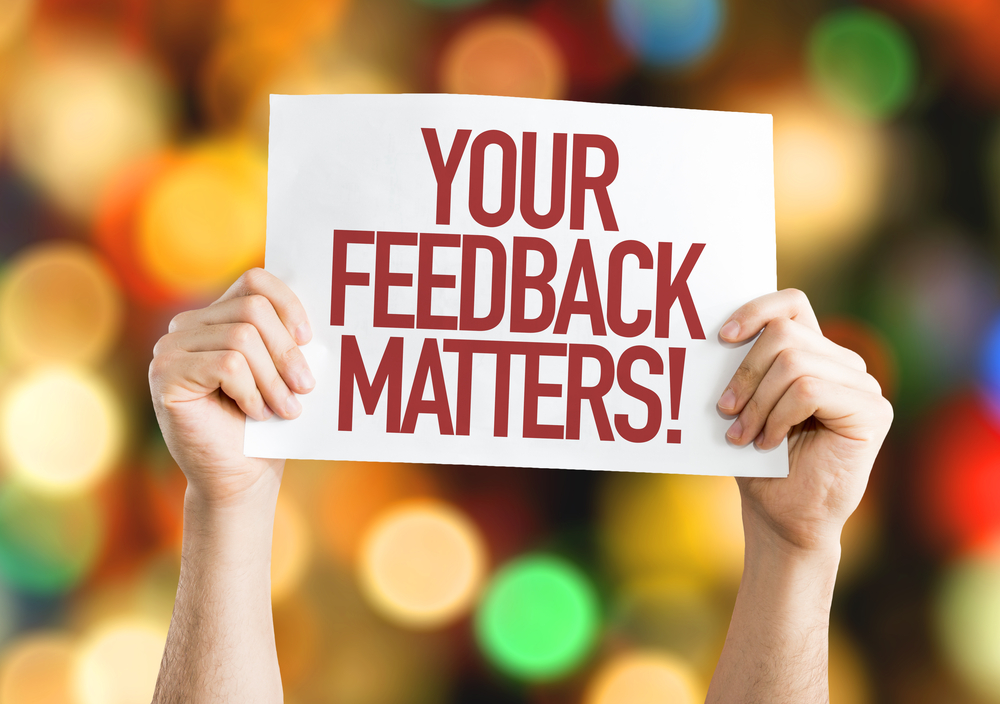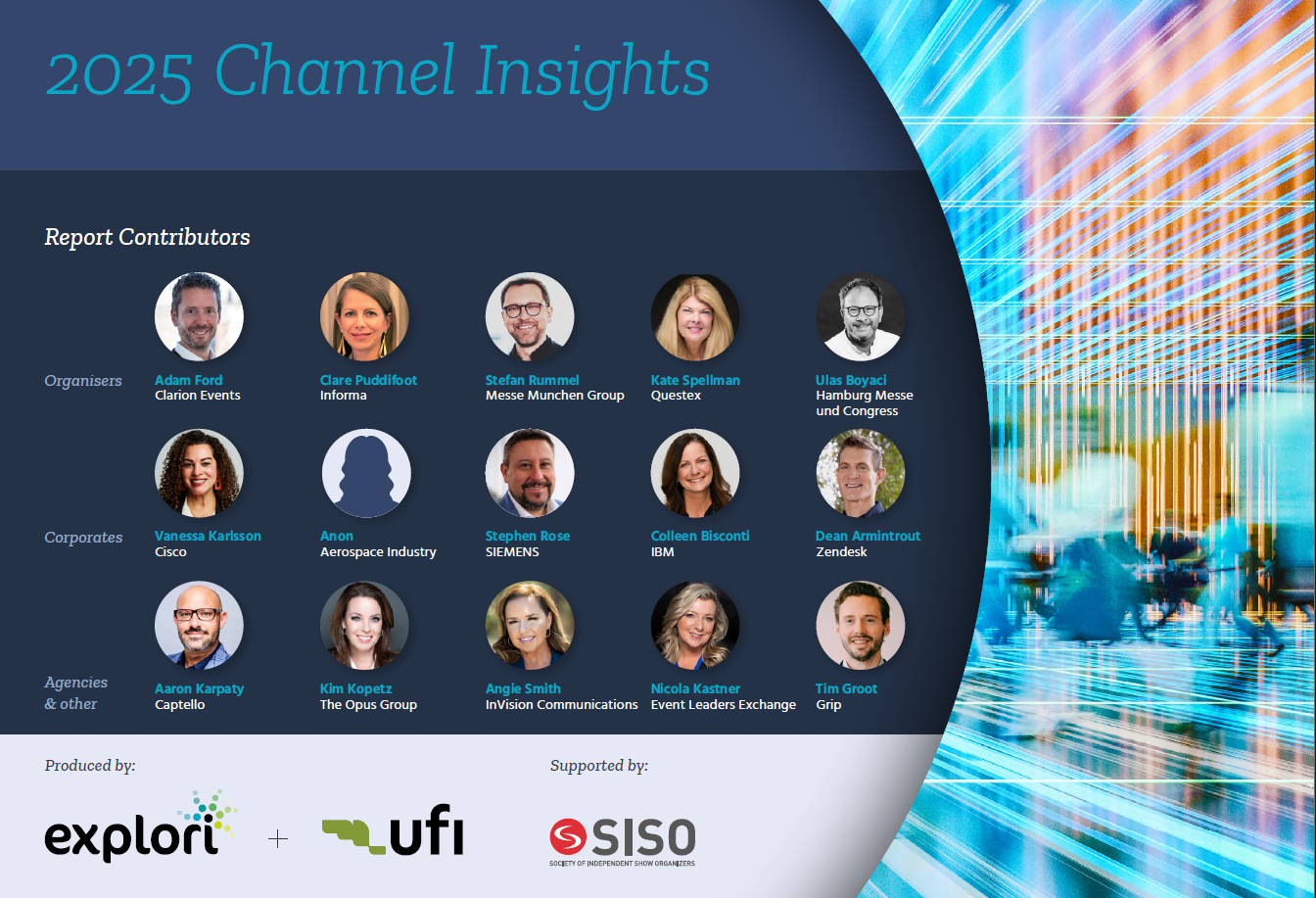5 top tips to increase your virtual event survey response rates
Some organisers are experiencing lower response rates for their virtual event feedback surveys compared to live events.
When conducted properly, event surveys can provide a wealth of information about what to keep and what to drop at your next event. They can also provide useful insight on future revenue generating opportunities and how you can add value for your attendees.
As event survey and research specialists, we have some tried and true tips for banishing survey blues. Here are our top five:
1. Market your surveys

Too often surveys are the last thing mentioned in the last session of the day or as attendees are leaving the event.
To increase responses make sure your attendees know it's important. You need to convince attendees that it is worth them spending the 5-10 minutes sharing their feedback with you.
Simple ways to market your survey:
- mention the survey on holding slides that play throughout the event,
- mention the survey at the end of your content sessions
- in your pre-event marketing campaign highlight some of the changes/improvements you've made as a result of survey feedback.
At the end of this post we have provided three free resources you can use to promote your surveys for your next virtual event.
2. Send out your surveys soon after the event
In our 10 years working with clients to improve their feedback processes, we’ve found the most useful responses are delivered post event when attendees and/or exhibitors have had time to reflect on how the event was for them.
That being said, you still need to strike while the iron is hot. I suggest you send out your post event survey within a week of your event. If you can send it out sooner then do!
The week buffer gives you a chance to add in any last minute questions that may have popped into your mind during the event. Some advocate waiting 2-4 weeks to get exhibitor feedback. This would allow time for the blisters to heal, the hangovers to fade and importantly, for leads gathered at the event to be developed. However, our data shows that the further away from your event you try to collect feedback the more you will cannibalise your response rate.
Consider highlighting in the email how long the survey will take to complete. On average respondents complete three questions per minute so you can use this to workout the length of your survey. Your attendees and exhibitors are not going to be happy if you say it will only take 10 minutes and 30 minutes later they still haven’t reached the end. With a well-designed, well-timed survey you can achieve a 20-30% response rate.
3. Bribe them! I mean incentivise them
In April, I found myself sat at a table with a gentlemen who asked me, “Why don’t more event organisers offer incentives to fill out a survey? Maybe then I’d actually do it!” It seems he wasn’t wrong. One of our clients organised for all their headline speakers to sign copies of their latest books and offered the set as a prize. In return they achieved a 40% response rate! Decide whether or not you will give a high value reward to a small volume of people, or if you will give a low value incentive to a larger volume of people.
Caution - beware of ubiquitous tech prizes that quickly lose their shine. It is sometimes better to give something specific to your event that will really fire up your attendees. Try to conspire with your exhibitors or speakers to offer a money-can’t-buy prize or experience, as demonstrated with the example above.
4. Create clear subject lines and calls to action

As most surveys are delivered via email it is important to follow email best practice to maximise your event survey response rate.
- Make sure your subject line is clear and obvious.
- Create clear and concise copy which explains the benefits of taking part in the survey
- Include one clear call to action.
Use the post-event survey email template as a guide.
5. Send out reminders
A simple and effective way to increase your response rates is by asking your attendees for their feedback more than once. We recommend sending out reminders 3-5 days after the initial launch, followed by a final reminder 3-5 days later. Don't send your reminder emails on the same day of the week or time. It's best to try different dates and times to reach as many attendees as possible.
Download these free resources to promote your surveys
.png?width=150&height=61&name=explori_logo%20(1).png)


